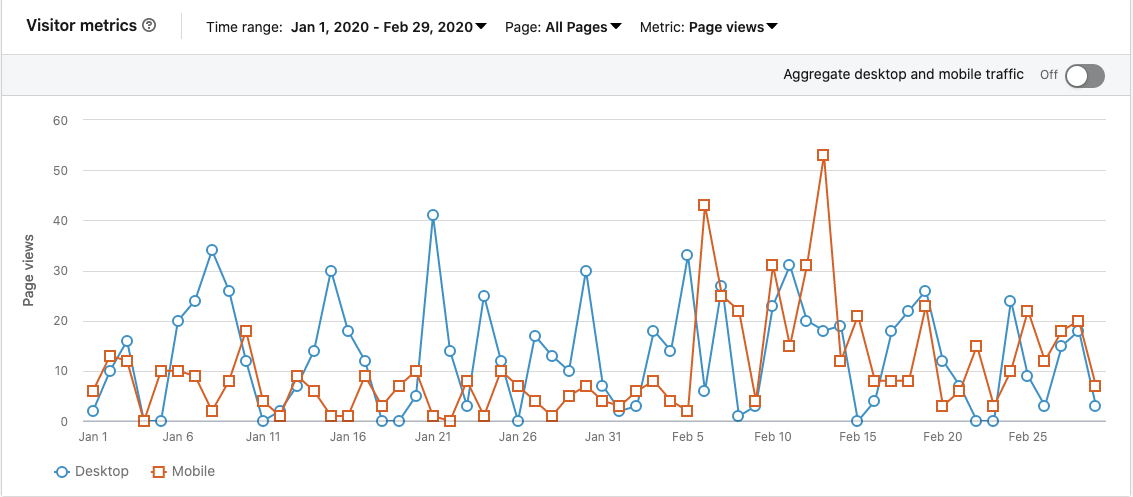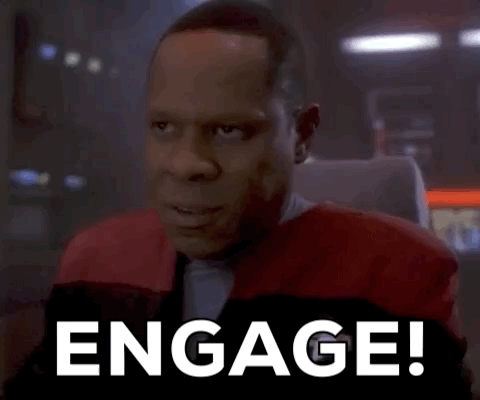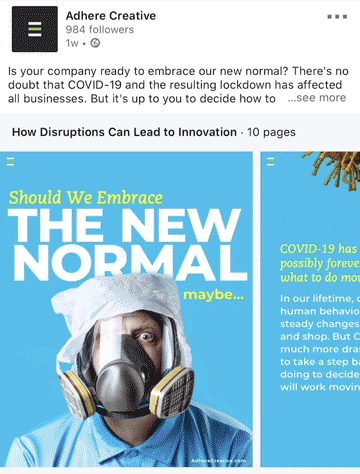
LinkedIn is a fantastic way to grow your audience and become a resource for your customers. As a social media platform, LinkedIn caters to businesses and content that is specific for industry leaders. That being said, the kind of content and engagement strategies that work best on LinkedIn are different from other social media platforms.
It’s common to see posts that are not designed for LinkedIn that would be better suited on Facebook or Twitter. These posts are not focused on businesses or customers and do little to add value to the viewer. Focus less on yourself and more on the customer.
The mentality of a LinkedIn user is vastly different than someone on Facebook, Instagram, or Twitter. Someone on Facebook is engaging with interests related to their lifestyle like hobbies, family, etc. Someone on LinkedIn has a business-oriented mentality and is focusing on networking opportunities, educational content, and other ways to help their business.
You can add value to your viewers through educational information, industry insights, use cases, and more. The value you add is dependent on your customers’ wants and needs as well as how you deliver your messages. In order to make a real impact on LinkedIn through organic content creation, you must consider several factors first.
Ask yourself a few questions first: Who am I trying to reach? How am I delivering my messages? Does my content add value to my target audience? Why should my audience engage with my content? When should my audience look for new content?
These preliminary questions will shape your focus and help to identify areas you need to work on before drafting your content. This is the foundation of your strategy.
At the end of the day, your audience should walk away from your content enriched in some way. You must provide some form of transformation that your audience goes through by viewing your content.
Identify Your Audience
LinkedIn is unique in that you can more easily identify your audience by job descriptions, roles, and work experience. This will help you narrow down your focus and craft content that is designed to influence your customers, partners, and industry leaders. Interactions on LinkedIn are oftentimes specifically designed to grow your business and network with other professionals.
Take some time to look at your industry and follow leaders who are posting consistently on LinkedIn. Beyond looking on LinkedIn, you can also look at your current customer list to identify target job markets, job titles, and industry groups that you can engage with. This will be the target audience that you are seeking on the platform. Observe how these individuals engage with other content and use this to draw inspiration for your content strategy.
Building Content
The first step in building awareness on LinkedIn is done. You have a target audience to focus on, with a deep understanding of who they are, what they do, and how they engage on the platform. The next step is to build content. The most valuable type of content is video but you can also post infographics, blog articles, and written posts. Your content must be valuable to your audience. You can add value through educational information, industry tips, or personal insights.

One of the many infographics we have designed for our clients
Now let’s take a look at the steps you should follow to create your content.
- Topic Ideation – start by creating a list of relevant topics that your audience would benefit from reading or engaging with. You can segment your audience and identify topics that would serve each portion of your audience. This will prevent you from having holes in your content strategy and ensure you’re covering all your bases.
- Outline Content – now that you have a list of topics you will have to pick a few to build into shareable content. Now it’s time to outline those topics. If it’s for a video you will need to outline the storyboard and craft a script. If this is for a blog you will need to outline the content for you or your copywriter. For an organic post or tip, you should bullet out the relevant talking points so you don’t forget something important.
- Execute – This last step is fairly self-explanatory. You need to execute on your outlines. This means filming and editing your videos, writing and revising your blogs, and drafting and reviewing your tip post. The execution of your content must keep in mind the target audience, their pain points, and how they want to receive information. You must create content that your audience wants to read/view.
Use the Data!
The content is finished and your audience is waiting; now it’s time to schedule your content. You will want to gather as much information about your audience and how they engage with other content on the platform. You can find information on this in the analytics section of LinkedIn. Use the content tab to view how members of your audience are interacting with other content. You can mine for relevant keywords, topic ideas, copy ideas, and more. The analytics tab will give you an idea of how your audience has interacted with your past content. This will only be relevant if you have a base of content to review.

After reviewing the data, you will use this information to draft your post title, copy, and how to add hashtags to your content to gain a wider audience. Your post title and copy must speak to your audience. Use the insights you gained from your analytics and research to draft a title that addresses the pain points of your audience and peaks their interest. Well-crafted titles and post copy will make the difference between a click or not.
Finally, we have to discuss hashtags. Hashtags are the way social platforms organize content. They allow users to search for keywords to find the content they want. These keywords are hashtags. The key to hashtags is to make them hyper-relevant to the content while also being utilized and searched by a large number of users. Select 3-5 keywords for each post that meet the above criteria.

Your research and copy are done and now it’s time to launch. The idea behind launching content should be two-fold. One, it should be available at the most opportune time when your audience is using the platform. Two, it should be done consistently so that you train your audience when to look for new content.
So pick a time/day to launch your content when your audience is most likely to be using the platform, and launch on a time/day that you can manage. Consistency is key to growing an organic audience on social media. It can seem tedious and time-consuming, but stay the course and it will grow.
After Launch
Eureka! Your post has launched—now it’s time to sit back and let the engagement flood in. If only it worked that way. You still have to support your content through engagement strategies.

The first rule of social media engagement is to engage first. You have to go out into the platform and engage with other content creators and businesses. Like, comment, follow, share and get involved with the community that you’re trying to reach. This process takes time and consistent effort to see results.
One great method is to find groups on LinkedIn that your target audience is involved with. Join the groups and then participate in the conversation. Don’t simply plug your content in these groups. You have to engage with the group and add to the conversation at large. After you become a regular participant in the group, you’ll start to see your content get shared within it and grow organically.
The great part about being a regular contributor on a social platform is that it gives you the opportunity to partner with other content creators. Whether it’s doing a guest spot on a webinar or writing a blog piece for an industry publication, partnerships will elevate your reach on the platform and bring more engagement to your content.
You can also choose to promote your content through LinkedIn’s campaign manager. This allows you to run ads for your content. This post is focused on organic growth so I’ll be brief. Running paid ads allows you to choose your audience and hit a wider network. It’s great for brand awareness and can move the needle if done correctly. If you have a good strategy in place and the budget I would take a serious look at sponsoring some of your content in ads.
Basic Brand Management
Your LinkedIn account represents your business. So, your brand voice and identity should be reflected in your LinkedIn content and behavior. Practice good branding by considering your brand standards and the tone of your business with all of your behavior while on social media.
While considering your company’s brand on LinkedIn, also think about how you are positioning yourself online. Are you a thought leader with your own opinions and industry insights? If so, then you will also have to find your own unique style that separates you from the pack. This could be in your writing style or how you present yourself in videos. These are great ways for you to express your individuality while maintaining your brand identity.
Now you have some tips to build your awareness on LinkedIn. If you have questions or need some help please reach out to us. We are here to help wherever we can.













